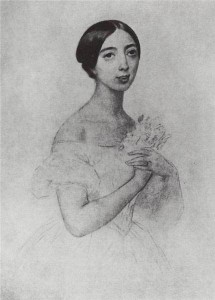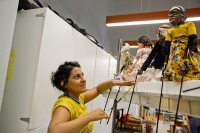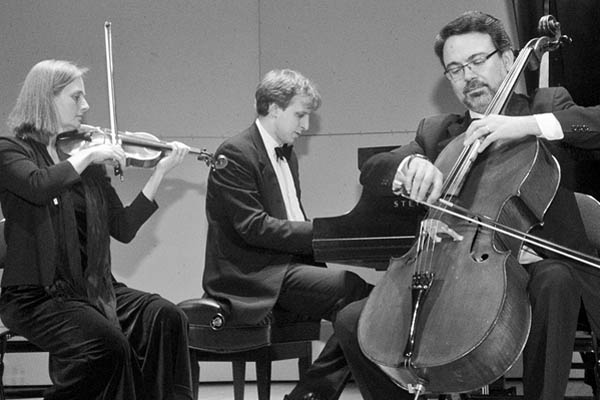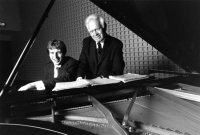
Poriss ’91 returns to answer the musical question: What is a diva?
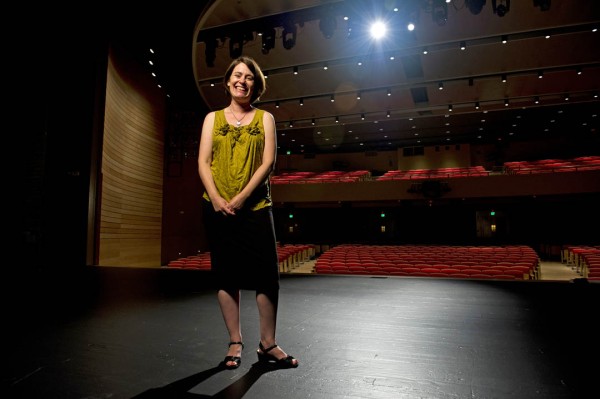
Hilary Poriss ’91 is a music professor at Northeastern University. Courtesy of Brooks Canaday/Northeastern University.
Hilary Poriss ’91, an authority on opera who speaks at Bates on Feb. 6, discovered opera as a Bates senior.
Poriss, a music historian at Northeastern University who specializes in 19th-century opera, attended her first productions during a semester in Austria. Saving money on admission to the Vienna State Opera by using the Stehplätze, sections of the auditorium for standees only, she attended perhaps 20 productions.
Her very first was Verdi’s Don Carlo. “I was so determined to get the most out of it that I bought a libretto in German” to study before the performance, she says. Despite her shaky command of the language, “I got through the first act before the opera happened.”
As it turned out, “they cut the first act. So all that for nothing — but at least I knew what happened in the first act.”
Author of Changing the Score: Arias, Prima Donnas, and the Authority of Performance (Oxford University Press, 2009), Poriss explores the surprising variety of tasks expected of 19th-century singers in her Bates lecture at 7:30 p.m. Wednesday, Feb. 6, in the Olin Arts Center Concert Hall, 75 Russell St.
Her talk is titled What is a Diva? It’s open to the public at no charge. For more information, please contact 207-786-6135 or olinarts@bates.edu.
She’ll use the great Pauline Viardot (1821-1910), a French mezzo-soprano and composer, to frame her discussion of female opera singers in the 1800s and the changing meanings of the word “diva” from then to now.
Today, there are 82 definitions of the word on urbandictionary.com, Poriss points out, mostly variations on the notion of a spoiled brat. The first on the list is, “Female version of a hustler.”
But “diva,” Italian for “goddess,” was originally applied to the best female singers out of appreciation for their superior ability. “And yes, bad behavior was part of that,” Poriss says. “But it was all worth it, because they could sing.”
But as her Bates talk will also reveal, those 19th-century goddesses of the opera were expected to do far more than sing.
“In addition to learning new roles within weeks, these singers also had to choose their own costumes, write their own cadenzas” — virtuosic additions to a composer’s score — “and occasionally help the composer tweak his musical lines,” Poriss says.
More than many leading ladies of opera, Viardot was amply equipped for all these contributions. “She was a wildly talented performer,” says Poriss. Musically, she could not only sing but was a brilliant pianist and prolific composer whose output included 300 songs and eight chamber operas.
She was also a skilled visual artist who designed costumes as much for pleasure as for her performance obligations.
This is a good time to be researching Viardot, Poriss notes, because a host of previously unknown materials about her are coming to light — letters and music, as well as drawings, paintings and costume designs.
Looking back to her Bates years, “I was a violinist and a choral singer, but had very little connection to opera” before the Vienna experience, Poriss says. “I got into it more through the scholarly route than through the love route, and the love came after.”
The Feb. 6 talk will be Poriss’ first visit to the college as a guest lecturer. She calls her time at Bates “heaven.” Not wishing to disappear into the crowd at a major university, she loved the smallness of Bates.
And music faculty members such as Jim Parakilas, Mary Hunter, John Corrie and Bill Matthews “were just models of scholarship and teaching, and generosity, that I have sought to emulate ever since.”
